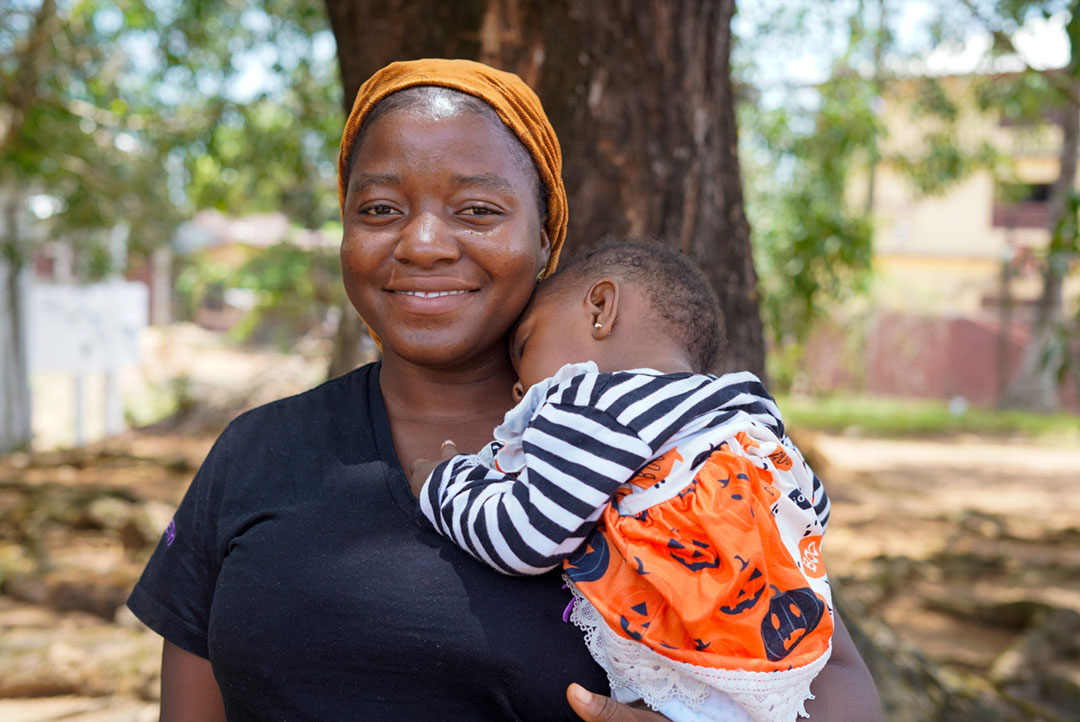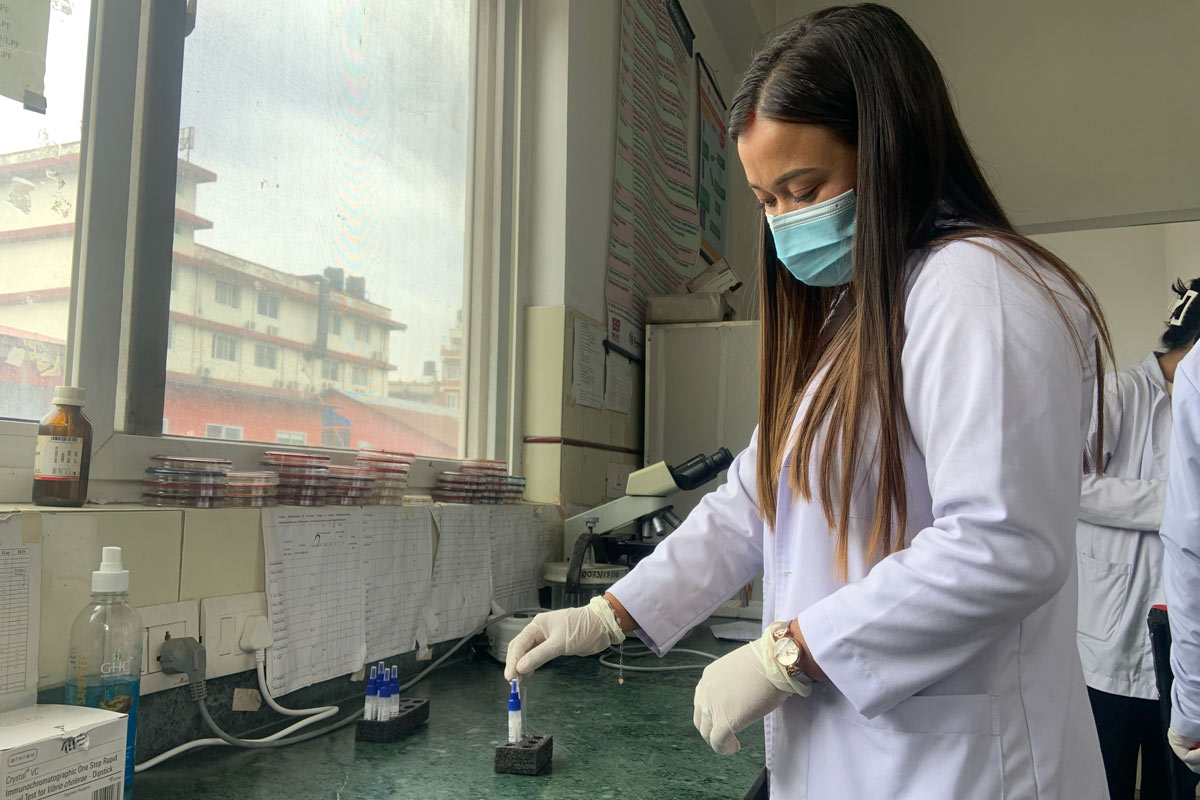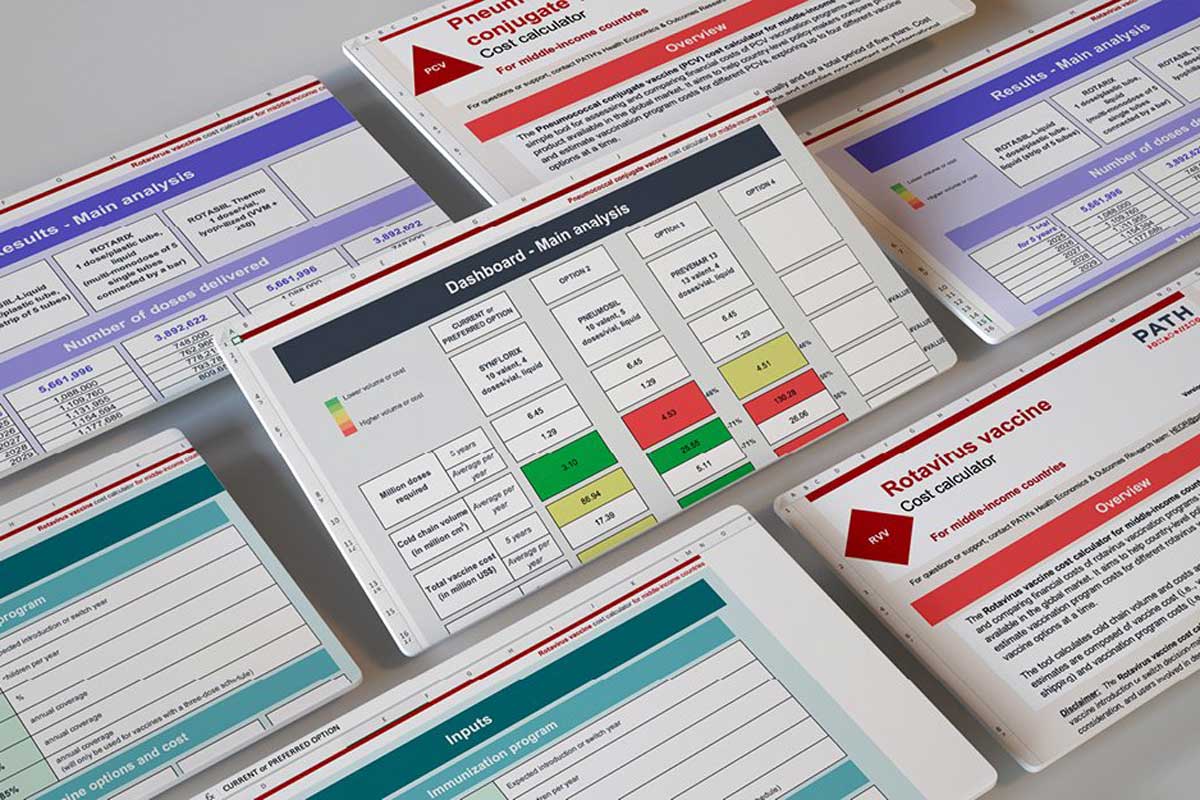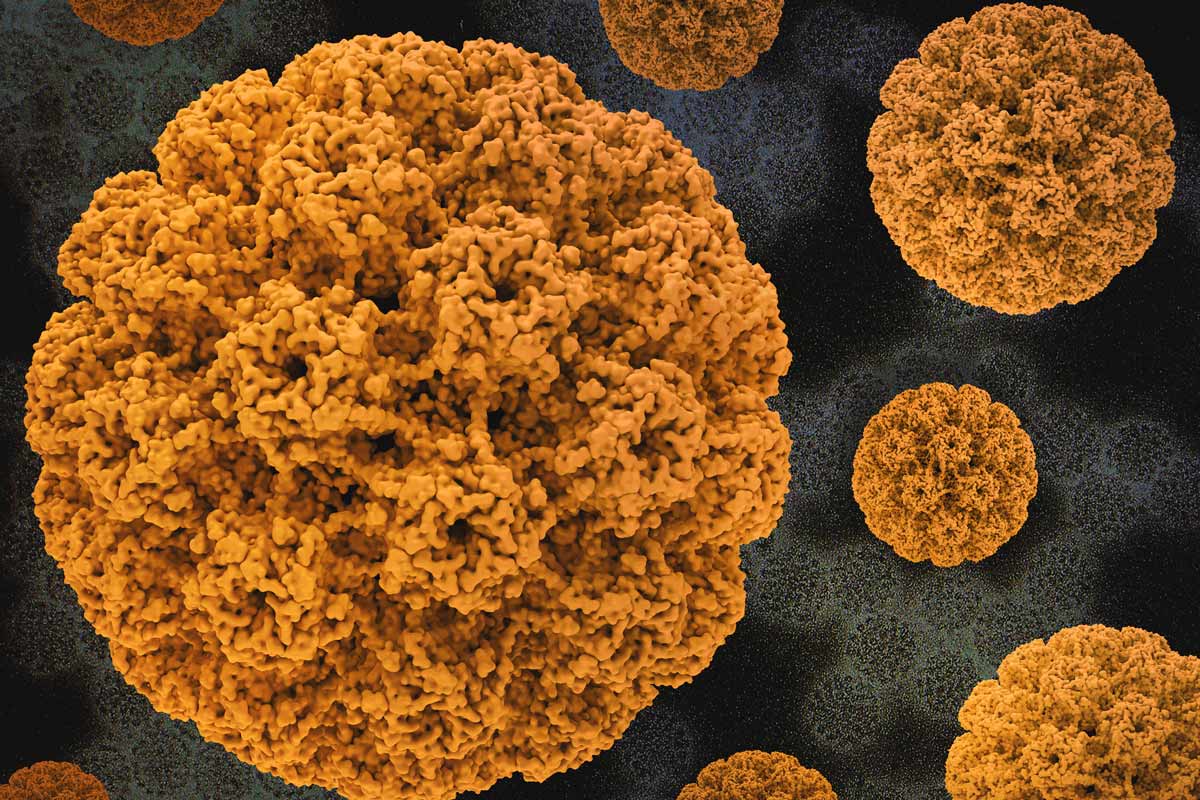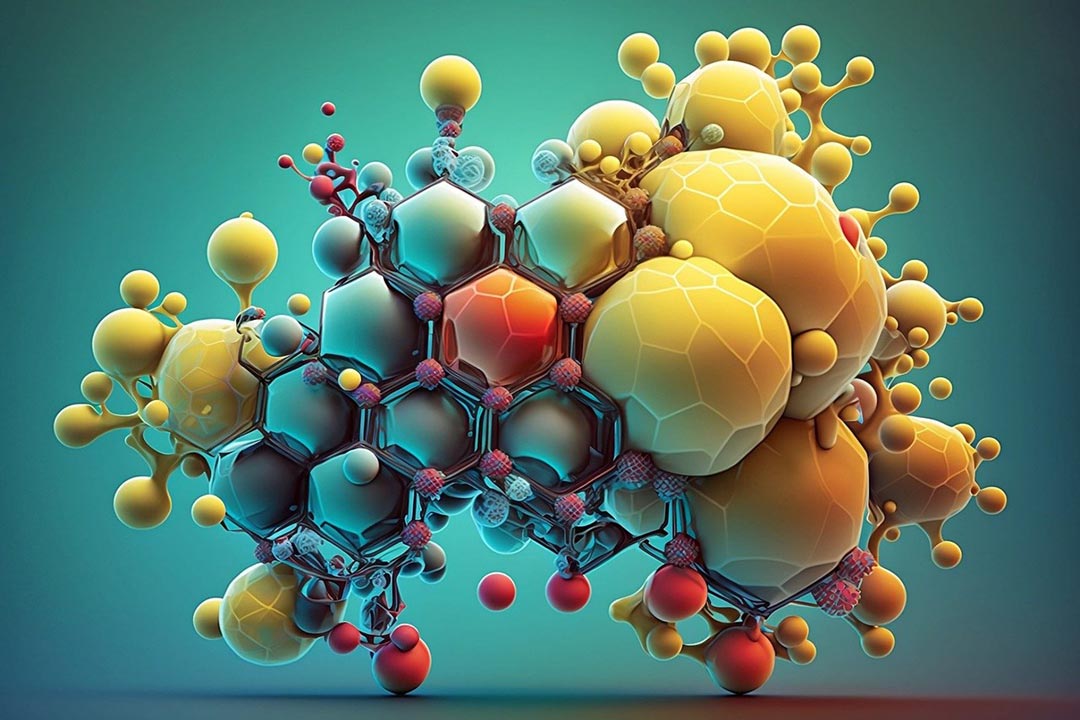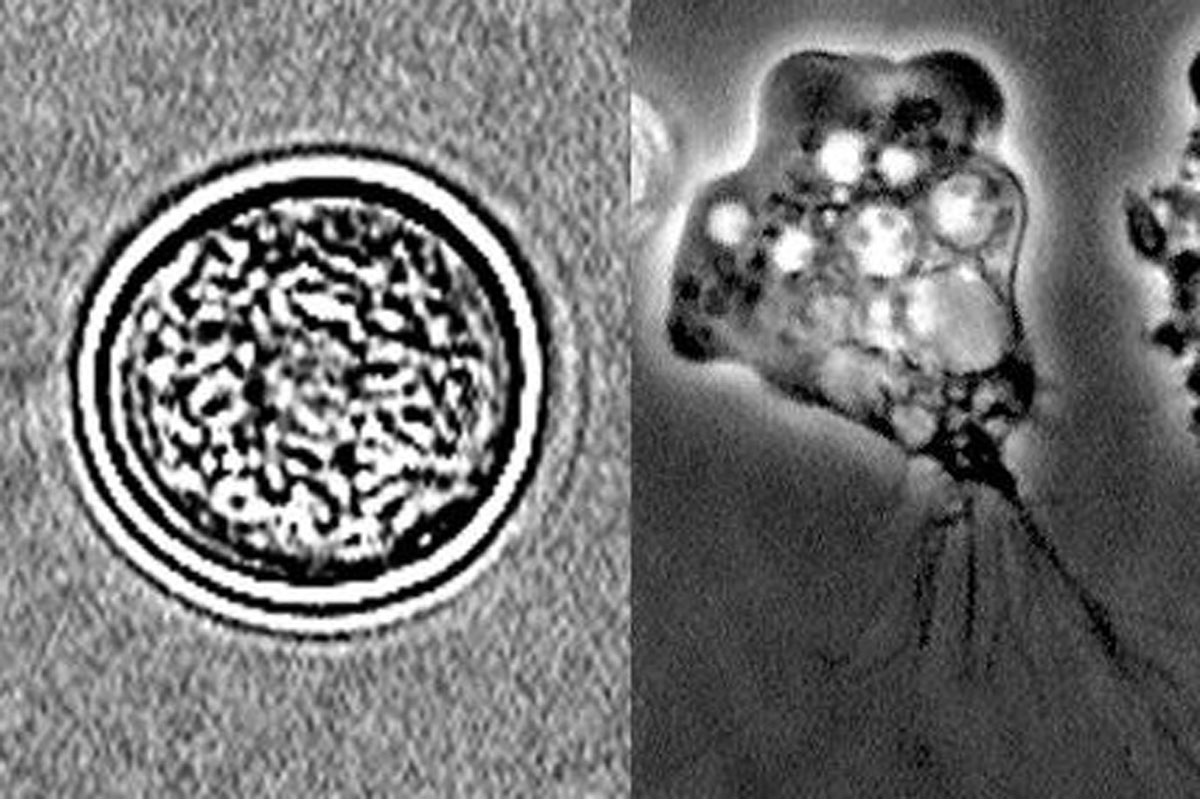How can supply keep up with demand for COVID-19 vaccines?
With the historic global roll-out of COVID-19 vaccines in full swing, bottlenecks in the supply chain are inevitable as manufacturing output tries to keep pace with demand. A manufacturing supply chain summit last week outlined potential strategies to mitigate the issues.
- 16 March 2021
- 4 min read
- by Priya Joi

One year on from the start of the COVID-19 pandemic, an unprecedented level of scientific collaboration and achievement has led to 11 vaccines being in clinical use around the world. Another 80 are in clinical trials. Yet while demand is sky-high (14 billion doses of COVID-19 vaccines are estimated to be needed by the end of 2021), scaling up manufacturing from zero to billions of doses was always going to be a considerable challenge. The current capacity for just COVID-19 vaccines is three times the annual 3.5 – 5.5 billion doses produced each year for all other vaccines combined.
In terms of manufacturing capacity, further scale-up might be needed under consideration of knock-on effects on other health products.
Now, supply issues are leading to some countries imposing export bans for vaccines or for some of the manufacturing components. This hoarding is causing a major bottleneck by preventing the free movement of goods and of the health workforce. This is as big an issue in supply as insufficient manufacturing capacity.
Given the complexity of the cutting-edge science and technology involved in vaccine manufacturing, which relies on highly specialised equipment and personnel, complex and time-consuming technology transfers and the need for on-time supply delivery of more than 100 components, even if things go well a disparity between supply and demand is likely to persist for most of the year. If they go less well, the disparity could persist for much longer. Vaccine availability will only reach its full potential if both vaccine manufacturing capacity ramps-up reliably and a fully functional vaccine input supply chain continues to expand until it can deliver on those high levels of demand.
Last week, Chatham House – with co-sponsorship from COVAX (CEPI, Gavi, WHO, UNICEF), the International Federation of Pharmaceutical Manufacturers and Associations (IFPMA), the Developing Countries Vaccine Manufacturers Network (DCVMN) and BIO – convened the COVID-19 Vaccine Manufacturing and Supply Chain Summit to explore these challenges and to start to work towards solutions.
Identifying bottlenecks
Early signs of supply pressure are being observed across all vaccine manufacturing steps, from the bioreactor that produce vaccine components to filters and vials. These individual challenges can have a compound effect: the absence of a single input disrupts the entire manufacturing process. The two overarching challenges that frame these supply constraints are: 1) regulations that are not designed for a pandemic level crisis (for example regulatory agility in production and approval; barriers to flow of goods and people); and 2) limited visibility (for example on forecasts and planning, supply chain data/information, norms and standards).
Have you read?
In terms of manufacturing capacity, further scale-up might be needed, while considering knock-on effects on other health products. This means expanding drug substance and fill-and-finish capacity by increasing efficiency, repurposing or building new capacity, and requires better data, effective tech transfer and adequate quality of capacity.
Strategies to mitigate bottlenecks
A broad range of potential solutions were discussed at the summit which could potentially mitigate acute supply challenges and enhance longer-term supply sustainability, provided a consensus for action can be achieved. Three levers that could be considered to scale input supply and manufacturing directly are: increasing the efficiency of existing capacity; repurposing existing capacity; and adding new capacity. Five levers could be considered to enhance the efficiency of scale-up: free flow of goods; more agile regulation; collaboration between actors; smoother financing; greater visibility. For these levers to succeed we would need to focus solutions on the specific challenges, to align timeframes, and to consider stakeholder contributions, trade-offs and externalities.
It was always going to be impossible to fully match demand, at least in the short term. Vaccine manufacturing processes are complex and require specific know-how and equipment, so this is unlikely to happen overnight. Also, the fact that some COVID-19 vaccines have involved new technologies, such as mRNA, has already posed additional challenges as manufactures were essentially starting from scratch – no large-scale manufacturing capacity or specific raw materials existed at the outset of the pandemic.
Moreover, irrespective of the technology, the manufacture and quality control of a single batch of COVID-19 vaccine takes 3-4 months. Anywhere between 100 and 1,000 quality controls are done at each step of the manufacturing process.
The summit suggests that this discussion needs to continue, to determine whether more or different levers are needed, which lever is most effective for which challenge, and how much governments, international mechanisms and manufacturers should contribute to each.
More from Priya Joi
Recommended for you
